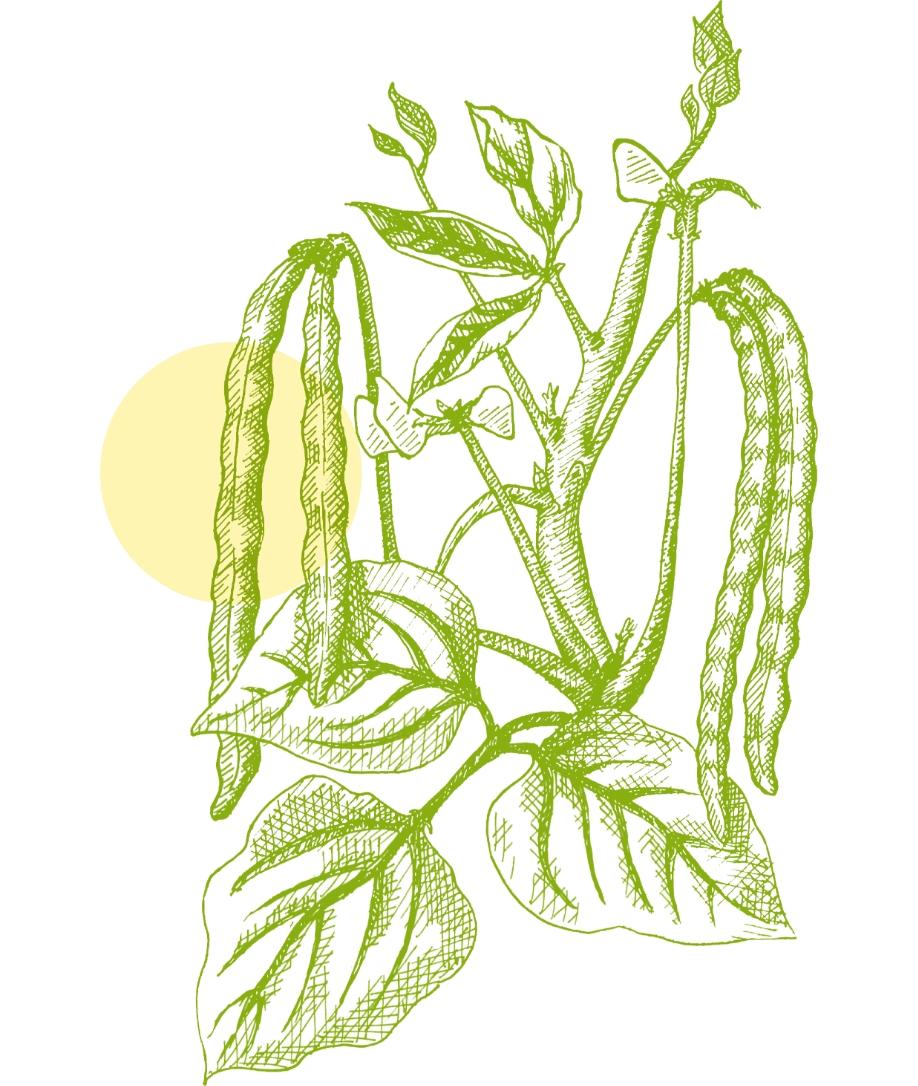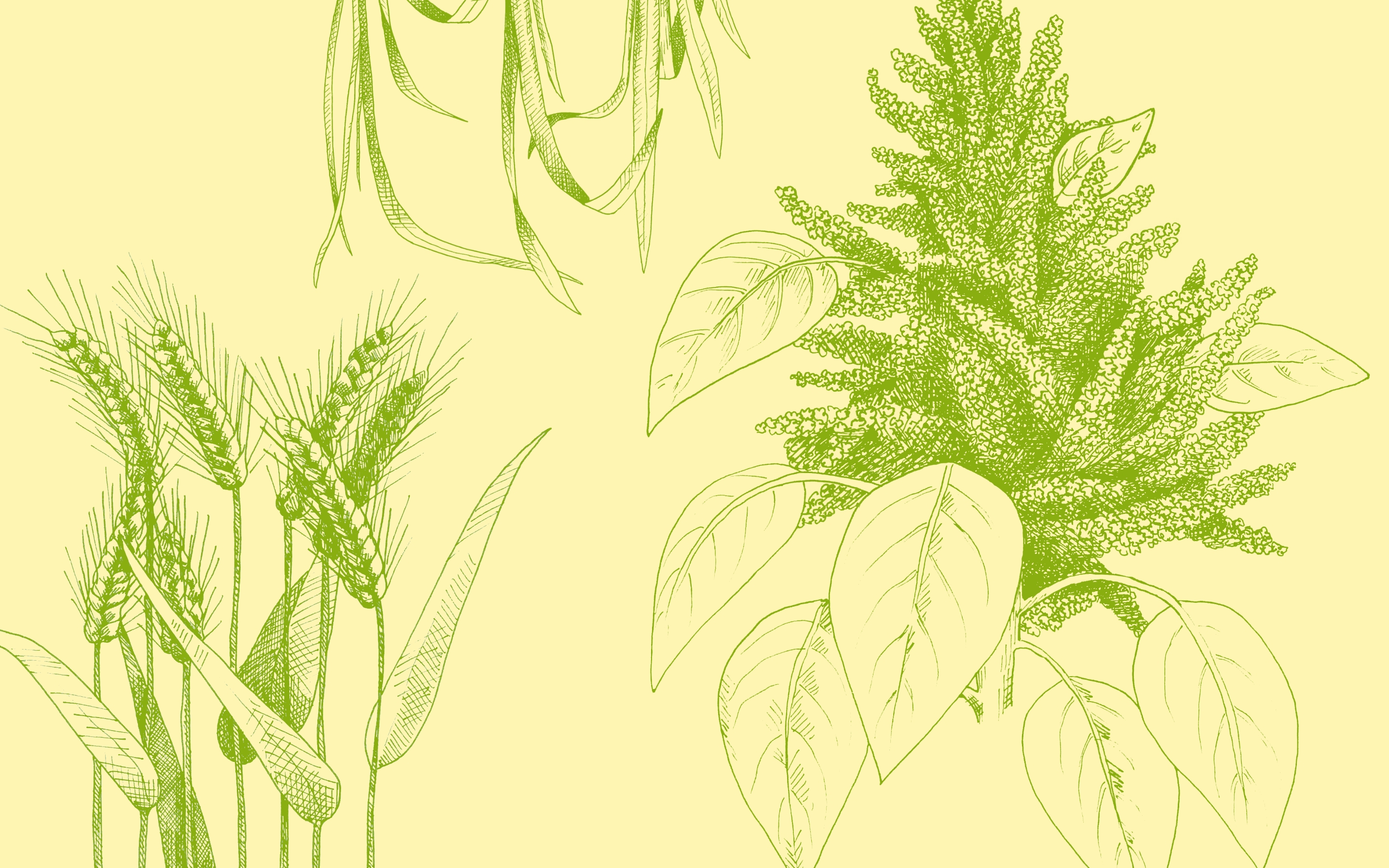
Food and nutrition: diversity on a plate
To secure long-term harvest yields and combat hunger in the face of ongoing climate change, researchers are focusing on new and newly discovered resilient crops. Below, we take a look at five of these ‘supercrops’.
Food security: crops with a future
Climate change is threatening the food supply of the world’s growing population. In sub-Saharan Africa and South and South-East Asia, harvest yields are declining due to heat, droughts and floods. As a result, more attention is being paid to ancient crop plants and newly cultivated varieties that are better adapted to climate change than the ubiquitous wheat, rice and maize varieties on which global food supplies currently largely depend. To develop improved varieties, researchers are using the genetic diversity of seed samples held by international research centres in gene banks supported by the Global Crop Diversity Trust.
Salt-tolerant (sweet) potatoes
As sea levels rise and floods become more frequent, the salinity of the soils in Bangladesh’s delta region is increasing. This is causing a decline in the region’s rice production – which plays a vital role in the entire country’s food supply. However, food security is receiving a significant boost from five new, highly nutritious varieties of potato and sweet potato that flourish despite saline soils and high temperatures. Thanks to work by researchers at the International Potato Center (CIP), the new cultivars have a positive side effect: the orange flesh of the sweet potato varieties contains beta-carotene, a basic form of vitamin A. This helps prevent various deficiency-related illnesses that can cause blindness in children under five. The new varieties are already being cultivated by around 10,000 smallholders in the delta region.

Amaranth
Amaranth has been cultivated for thousands of years in sub-Saharan Africa. This robust, fast-growing plant not only tolerates heat and, to some extent, drought, but is also particularly nutritious: its leaves contain vitamins and minerals such as calcium, iron and zinc, and its seeds are high in protein. Despite its huge potential for contributing to food security and health, amaranth is still under-used in Africa. To increase its production and consumption, researchers from the World Vegetable Center have conducted experiments with farmers in Kenya and Tanzania and successfully developed varieties that are more nutritious, resilient and low in oxalates. Last but not least, the ‘Amazing Amaranth’ project has published a cookbook with recipes for tasty, highly nutritious meals based on amaranth.
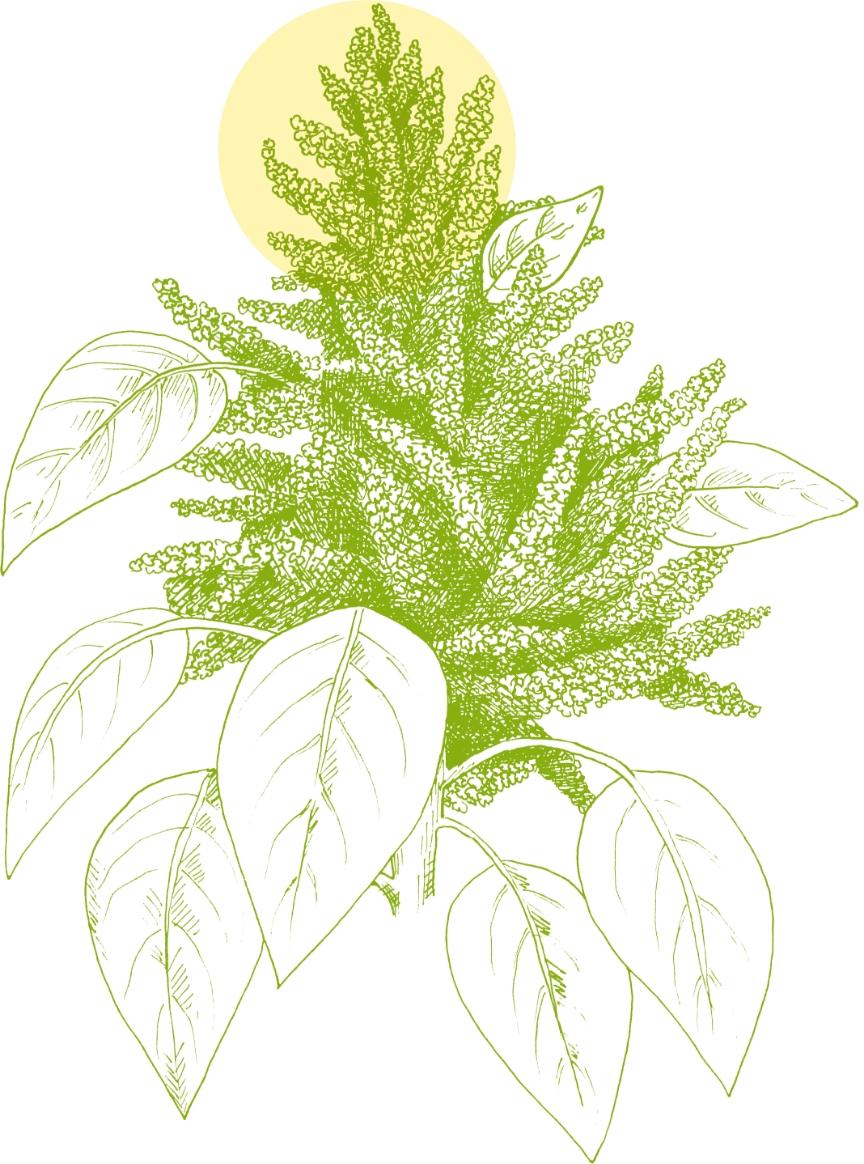
Rice
In the rice-producing regions of South-East Asia, more than half a billion people depend on rice as a staple. However, periods of extreme heat – one of the effects of climate change – are causing yields to shrink. What is more, the quality of the grain suffers particularly from higher night temperatures: the proportion of brittle, chalky rice grains that fail to mature is increasing drastically. Experimental cultivation of traditional and improved rice varieties in north-west Bangladesh has enabled researchers from the International Rice Research Institute (IRRI) to identify several strains that deliver high yields even in extended hot periods. Data on the grain quality of these varieties (branded ‘MAGICheat’) has also been collected. This will provide a basis for breeding new, heat-tolerant varieties that are also a success with consumers.
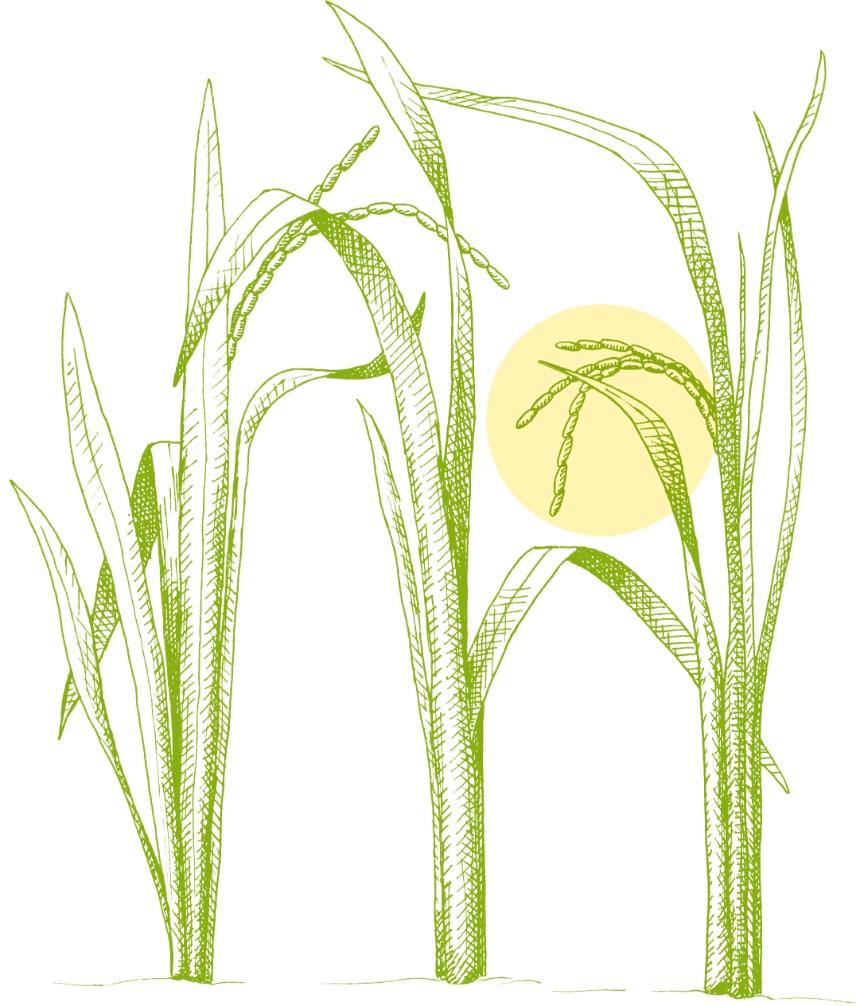
Wheat
Wheat harvests in north-west and central India are poorer than in the past due to increasing heat and drought. However, if the grain is sown in October rather than the traditional month of November, the greatest heat stress shortly before the harvest can be avoided. This has a further advantage: it utilises the residual moisture in the soil from the rice crops that farmers grow in the monsoon period between June and October. Common wheat varieties are unsuitable for earlier sowing. But in a comprehensive series of experiments, the International Maize and Wheat Improvement Center (CIMMYT) has bred new heat-tolerant, high-yield varieties, and farmers are now able to sow wheat as early as October. The new varieties with the name Elite Wheat are very popular in India.
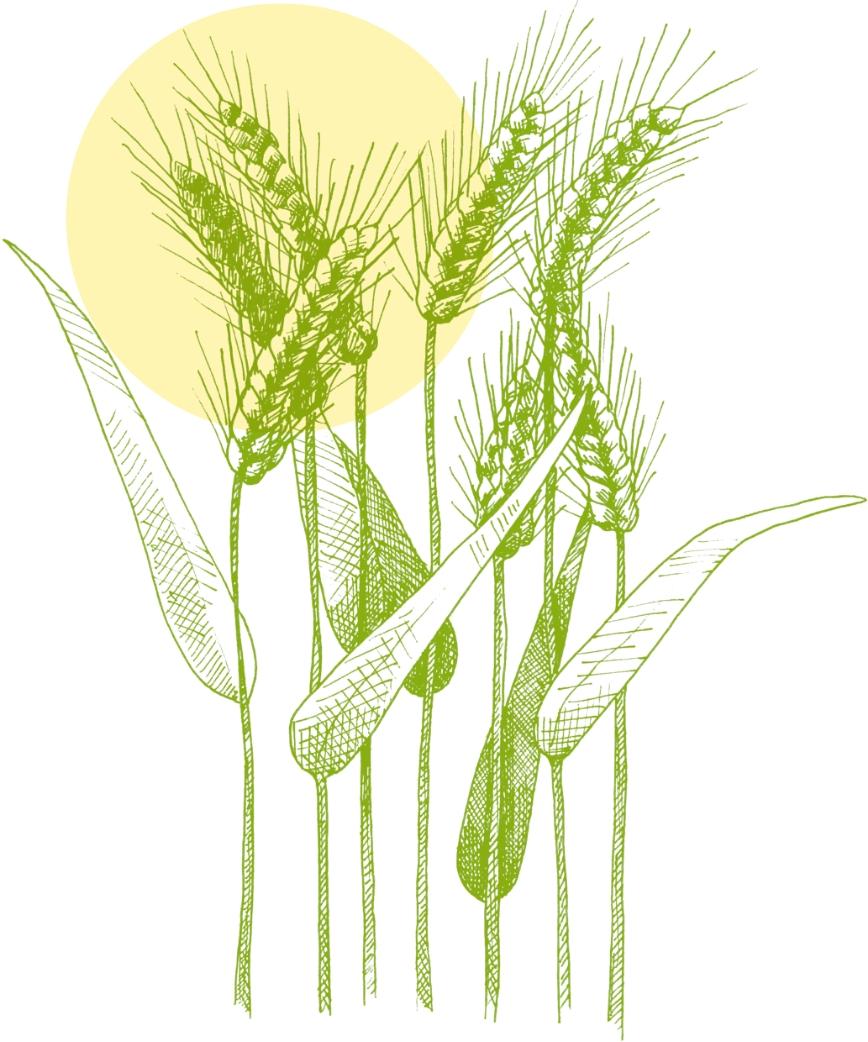
Cowpeas
Cowpeas, also called black-eyed peas, are one of the oldest crops on the planet. They are undemanding and will grow almost anywhere. Like all legumes, they bind nitrogen in their roots and thus improve soil quality. This makes them an ideal catch crop, especially on soils that are depleted as a result of monocultures. The plant, which is native to Africa, has many uses in the kitchen: young leaves and shoots can be eaten as a vegetable, while the high-protein peas can be boiled, ground, or fried in oil. Dry periods and sandy soils are unproblematic because the plant’s long tap-root draws water from deeper soil layers. However, the plant is susceptible to insect damage and disease. To address this, the International Institute of Tropical Agriculture (IITA) is working to develop new, more resilient varieties.
